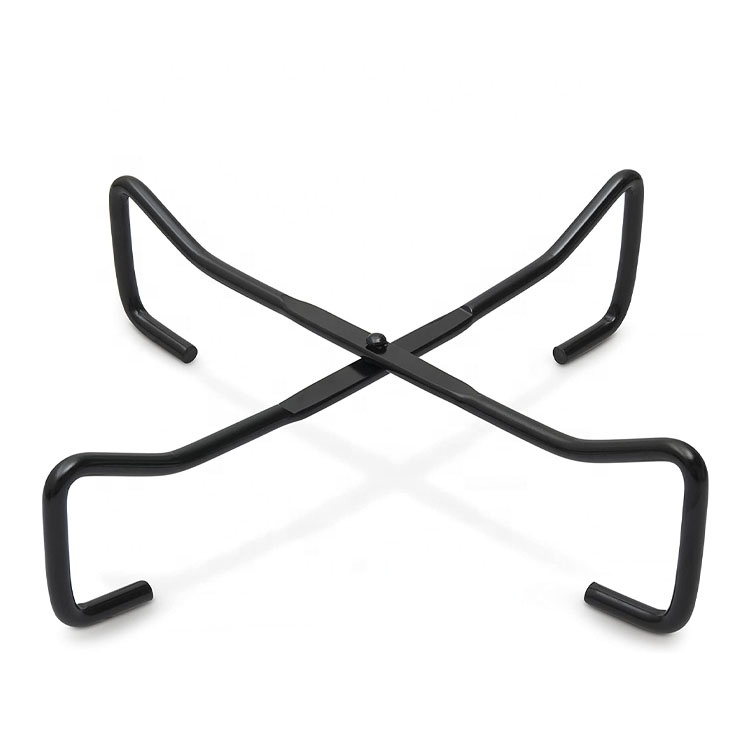
seasoning your cast iron skillet
Seasoning Your Cast Iron Skillet A Complete Guide
Cast iron skillets have stood the test of time, beloved by cooks for their durability and ability to retain heat. However, to fully enjoy the benefits of a cast iron skillet, one must master the art of seasoning. This process not only protects the skillet from rust but also creates a natural non-stick surface that enhances the flavor of your dishes. Here’s how to effectively season your cast iron skillet.
What is Seasoning?
Seasoning is the process of applying a layer of fat or oil to the surface of your cast iron skillet and heating it to create a durable, non-stick coating. This creates a polymerized layer that bonds to the metal, providing protection against moisture and creating a smooth cooking surface. A well-seasoned skillet can improve with each use, gradually building up layers that enhance its cooking performance.
Why is Seasoning Important?
1. Rust Prevention Cast iron is prone to rust when exposed to moisture. Seasoning creates a barrier that seals the metal, keeping water out and preventing oxidation.
2. Non-Stick Surface Unlike Teflon-coated pans which can wear off, a seasoned cast iron skillet develops a natural non-stick surface over time, allowing for easy food release.
3. Improved Flavor Many chefs and home cooks believe that cast iron skillets can impart a unique flavor to dishes, particularly those that are seared or fried.
How to Season Your Cast Iron Skillet
1. Clean the Skillet Start with a clean skillet. If your cast iron skillet is new, it may have a coating of wax or factory finish. If it’s used, scrub it with warm water and a stiff brush to remove any residue or rust. Avoid using soap, as it can strip the seasoning. For stubborn bits, use coarse salt as a scrub.
2. Dry Thoroughly After cleaning, make sure to dry the skillet completely. You can place it on low heat on your stovetop for a few minutes to ensure all moisture evaporates.
seasoning your cast iron skillet

3. Apply Oil Choose a cooking oil with a high smoke point, such as flaxseed oil, vegetable oil, or shortening. Using a paper towel or cloth, apply a thin layer of oil to the entire surface of the skillet, including the handle and the outside.
4. Wipe Off Excess Oil It’s important to wipe off any excess oil, leaving only a light film on the skillet. Too much oil can lead to a sticky surface once heated.
5. Bake the Skillet Preheat your oven to 450-500°F (232-260°C). Place the skillet upside down on the middle rack of the oven to prevent pooling. You can place a sheet of aluminum foil or a baking sheet on the lower rack to catch any drips. Bake for about one hour, allowing the oil to polymerize and form a solid coating.
6. Cool Down After an hour, turn off the oven and let the skillet cool inside. This gradual cooling process helps to strengthen the seasoning bond.
Maintenance Tips
- Regular Use The best way to maintain your skillet is to use it regularly. Cooking fatty foods, like bacon or fried chicken, naturally adds to the seasoning.
- Clean Wisely After cooking, clean your skillet while it’s still warm. Use hot water and a brush, and avoid soap unless absolutely necessary.
- Reapply Oil After cleaning, lightly coat the skillet with oil while it’s still warm to preserve its seasoning.
Conclusion
Seasoning your cast iron skillet is a vital ritual that rejuvenates its surface, enhances its performance, and prolongs its lifespan. With the right care and attention, your skillet can become an heirloom, passed down through generations. So, roll up your sleeves, get that skillet seasoned, and enjoy the many culinary adventures that await!
-
Season Cast Iron Perfectly with GPT-4 Turbo TipsNewsAug.01,2025
-
High Quality Cast Iron Cookware - Baixiang County Zhongda MachineryNewsAug.01,2025
-
Premium Cast Iron Pan: Durable & Perfect HeatNewsAug.01,2025
-
High Quality Kitchen Durable Black Round Cast Iron Cookware Pancake Crepe Pan-Baixiang County Zhongda Machinery Manufacturing Co., Ltd.NewsAug.01,2025
-
Cast Iron Cookware - Baixiang County Zhongda Machinery | Nonstick, Heat ResistanceNewsAug.01,2025
-
High Quality Kitchen Durable Black Round Cast Iron Cookware - Baixiang County Zhongda Machinery | Non-Stick, Heat Retention, DurableNewsJul.31,2025


